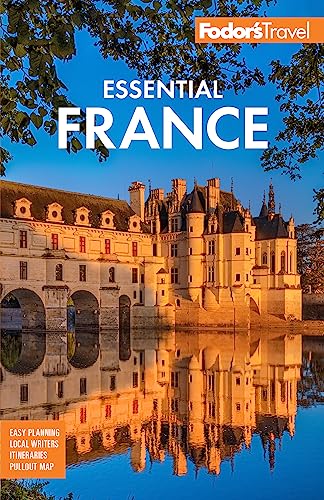How to Drink Champagne in France's Champagne Country
Dom Pierre Pérignon, a monk and cellar master at Hautvilliers, is credited with inventing Champagne. The secret of the production lies in combining the still wines of the region and storing the beverage in bottles where it undergoes a second fermentation process which creates fizz and therefore Champagne. Today, the world's most famous sparkling wine comes from the very same vineyards, along the towering Marne Valley between Épernay and the Cháteau-Thierry and on the slopes of the Montagne de Reims between Épernay and Reims.
Tasting Tours
When you take a Champagne tasting tour, you won't be at the vineyards—it's all done inside the various houses, miles away from where the grapes are grown. Champagne firms—Veuve-Clicquot, Mumm, Pommery, Taittinger, and others—regularly give travelers tours of their chalky, mazelike caves (cellars).
The quality of the tours can be inconsistent, ranging from hilarious to despairingly tedious, but most visitors will say that a glass of Champagne at the end makes even the most mediocre tour worth it. On the tours, you'll discover that Champagne today is not made so differently from the way the Dom himself did it three centuries ago.
Bubbly Basics
Three types of grape are used to make Champagne: Pinot Noir, Chardonnay, and Pinot Meunier. The two Pinots, which account for 75% of production, are black grapes with white juice. Rosé Champagne is made either by Pinot Noir juice in contact with the grape skins just long enough to turn it pink, or by mixing local red wine with Champagne prior to bottling.
Vintage Versus Nonvintage
Vintage Champagne is named for a specific year, on the premise that the grapes harvested in that year were of extraordinary quality to produce a Champagne by themselves without being blended with wine from other years. Cuvées de Prestige are the finest and most expensive Champagnes that a firm has to offer.
What You'll Pay
Champagne relentlessly markets itself as a luxury product—the sippable equivalent of perfume and haute couture—so it's no surprise that two of the Champagne brands, Krug and Dom Pérignon, are owned by a luxury goods conglomerate (Louis Vuitton Moët Hennessy). Sure, at small local producers or in giant French hypermarkets, you can find a bottle of nonvintage bubbly for €20. But it's more likely to be closer to €40, and if you fancy something special—say a bottle of vintage Dom Pérignon Rosé—be prepared to fork over €350. One of the pricest Blanc de Noirs is Bollinger's Vieilles Vignes, tagged at around €650. At the very top of the line is Krug's single-vineyard Clos du Mesnil, with the stellar 2000 vintage retailing at around €1,220. Just 12,624 bottles were ever produced of this golden elixir.




